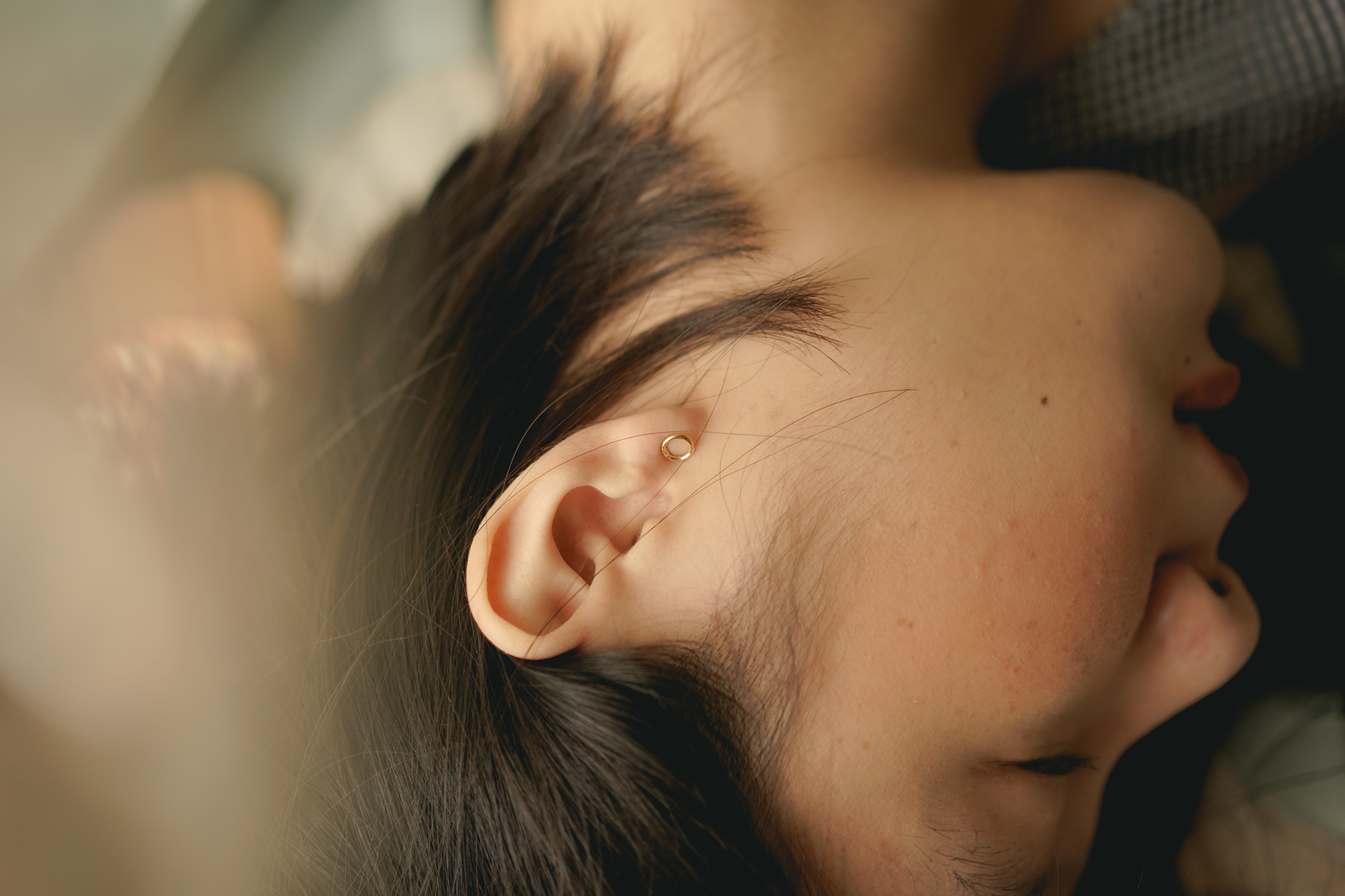- cross-posted to:
- physics@mander.xyz
- cross-posted to:
- physics@mander.xyz
TLDR: To remove by shaking one would need accelerations high as 24g, which can damage the ear. A couple drops of vinegar or alcohol in the ear will lower the surface tension and make the fluid easier to remove



The science is neat, but (at least anecdotally) I can usually get the water out by doing the side head jumping. I suspect they’re not really taking into account that the water is probably usually right near the entrance/exit of the canal and not deep inside
The study in Section 2 discusses why they chose this
So it is true that it depends on how much water gets trapped. They chose the worst case scenario. Another trick my father suggested was to intentionally fill up a bit more water and it gets easier to get the whole water out.